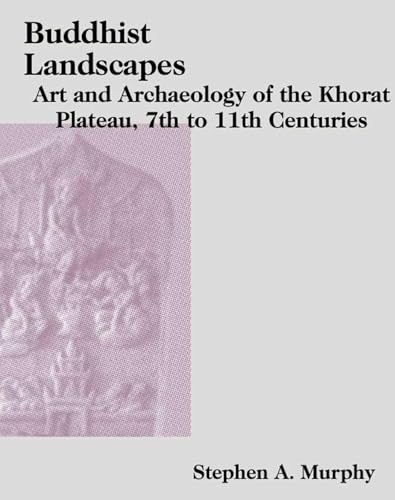via Sapiens, 05 May 2021: The story of Hendrik Robert van Heekeren, known for his work on the prehistory of Indonesia, and his days as a POW in the “Death Railway” of Thailand.
In retrospect, I was probably far too young to be whistling that captivating tune of resistance from the Hollywood classic The Bridge on the River Kwai, but I was enthralled. The visuals, the history, the war: I remember feeling genuinely engrossed in the film, despite being a young teenager and understanding little about the struggle portrayed on screen. As a millennial, born in 1989, I grew up with a fascination of wars past, especially movies about World War II. Nothing quite stood out like The Bridge on the River Kwai and the human experience it portrayed.
It is only now, as an anthropologist and archaeologist who has conducted research in Thailand and mainland Southeast Asia, that I recognize the intersection between this film, the history of World War II, and archaeological developments within this region.
David Lean’s 1957 Hollywood film adaptation of the 1952 novel The Bridge on the River Kwai was a hit. It won seven academy awards and was well-received by the public. The tale is loosely based around real events and people. But it alters the timeline and glosses over the truly horrific experience of prisoners of war—even though the production crew and cast did experience their own bouts of dysentery, leeches, monsoon rains, oppressive heat, and accidental deaths while filming on location in Sri Lanka. The cinematic version was still kinder than the reality.
The movie is also missing (though it very nearly captured) a fascinating archaeological sidenote to the story: the extraordinary investigations of Dutch archaeologist Hendrik Robert van Heekeren while he was a prisoner of war.
























